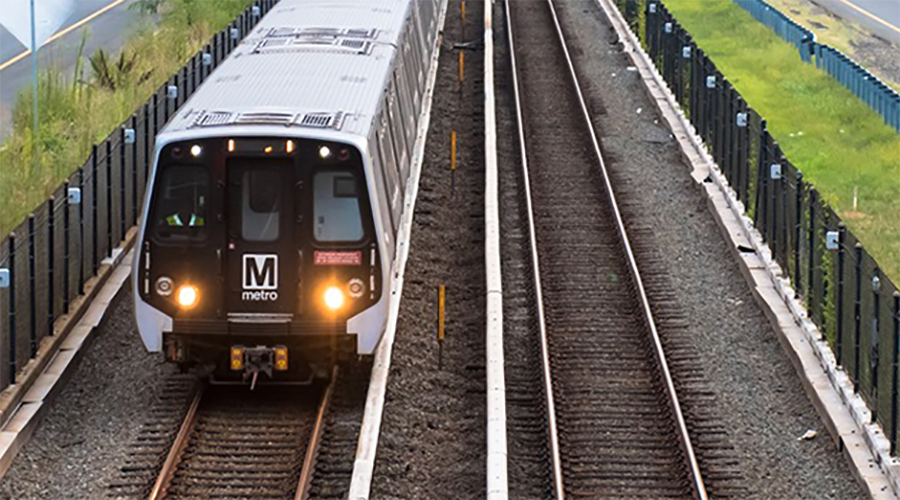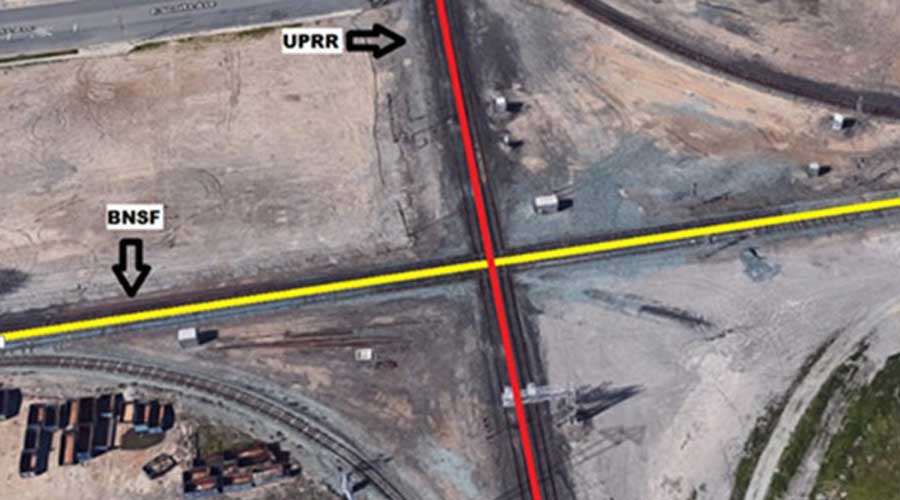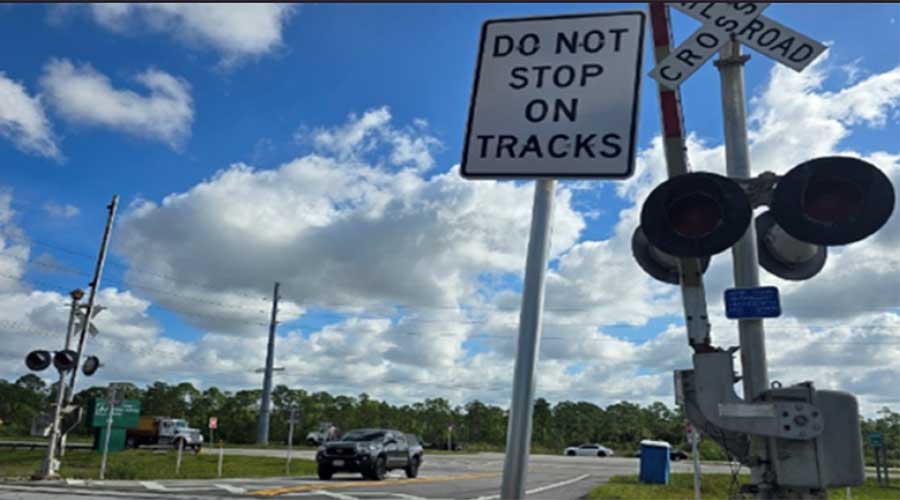Newsletter Sign Up
Stay updated on news, articles and information for the rail industry
Stay updated on news, articles and information for the rail industry
RAIL EMPLOYMENT & NOTICES
Rail News Home
Intermodal
Rail News: Intermodal
Last year, the Port of Seattle’s container volume reached a record 2.1 million 20-foot equivalent units (TEUs), a 17.6 percent increase compared with 2004.
Officials at the port — which posted a 20 percent volume increase in 2004 compared with 2003 — expect volume to increase in 2006 and, within a few years, surpass 3 million TEUs.
To accommodate volume growth, the Port of Seattle Commission recently approved a plan to begin preliminary work on a new container terminal in the Seattle harbor.
The container facility would be located at Terminal 30, which served as a container terminal until June 2002 and was converted to a cruise ship facility in May 2004. A renovated Terminal 30, combined with container facilities at Terminals 25 and 28, would provide the port 70 acres for handling cargo and two vessel berths.
“Seattle has been the fastest growing container port in North America for two consecutive years,” said Port Commission President Patricia Davis in a prepared statement.
Volume is increasing at three Indiana ports, as well. Last year, the Ports of Indiana’s Lake Michigan facilities in Mount Vernon, Jeffersonville and Burns Harbor, Ind., handled 7.7 million tons of cargo, up 2 percent compared with 2004 and 38 percent compared with 2003. Grain, coal, steel, limestone, fertilizer, salt, asphalt and cement volumes drove the year-over-year gain.
The Mount Vernon port handled 3.8 million tons, up 13 percent, and Jeffersonville port handled 1.6 million tons, up 6 percent compared with 2004. The Burns Harbor facility handled 2.2 million tons, surpassing its five-year average by 2 percent.
The ports also handled a record $1.5 billion worth of cargo, a 2 percent increase compared with 2004 and the second time the port system has broken the $1 billion mark in its 35-year history.
2/17/2006
Rail News: Intermodal
Seattle, Indiana ports report record cargo volumes in 2005
advertisement
Last year, the Port of Seattle’s container volume reached a record 2.1 million 20-foot equivalent units (TEUs), a 17.6 percent increase compared with 2004.
Officials at the port — which posted a 20 percent volume increase in 2004 compared with 2003 — expect volume to increase in 2006 and, within a few years, surpass 3 million TEUs.
To accommodate volume growth, the Port of Seattle Commission recently approved a plan to begin preliminary work on a new container terminal in the Seattle harbor.
The container facility would be located at Terminal 30, which served as a container terminal until June 2002 and was converted to a cruise ship facility in May 2004. A renovated Terminal 30, combined with container facilities at Terminals 25 and 28, would provide the port 70 acres for handling cargo and two vessel berths.
“Seattle has been the fastest growing container port in North America for two consecutive years,” said Port Commission President Patricia Davis in a prepared statement.
Volume is increasing at three Indiana ports, as well. Last year, the Ports of Indiana’s Lake Michigan facilities in Mount Vernon, Jeffersonville and Burns Harbor, Ind., handled 7.7 million tons of cargo, up 2 percent compared with 2004 and 38 percent compared with 2003. Grain, coal, steel, limestone, fertilizer, salt, asphalt and cement volumes drove the year-over-year gain.
The Mount Vernon port handled 3.8 million tons, up 13 percent, and Jeffersonville port handled 1.6 million tons, up 6 percent compared with 2004. The Burns Harbor facility handled 2.2 million tons, surpassing its five-year average by 2 percent.
The ports also handled a record $1.5 billion worth of cargo, a 2 percent increase compared with 2004 and the second time the port system has broken the $1 billion mark in its 35-year history.


 2025 MOW Spending Report: Passenger-rail programs
2025 MOW Spending Report: Passenger-rail programs
 Gardner steps down as Amtrak CEO
Gardner steps down as Amtrak CEO
 Guest comment: Oliver Wyman’s David Hunt
Guest comment: Oliver Wyman’s David Hunt
 Women of Influence in Rail eBook
Women of Influence in Rail eBook
 railPrime
railPrime







